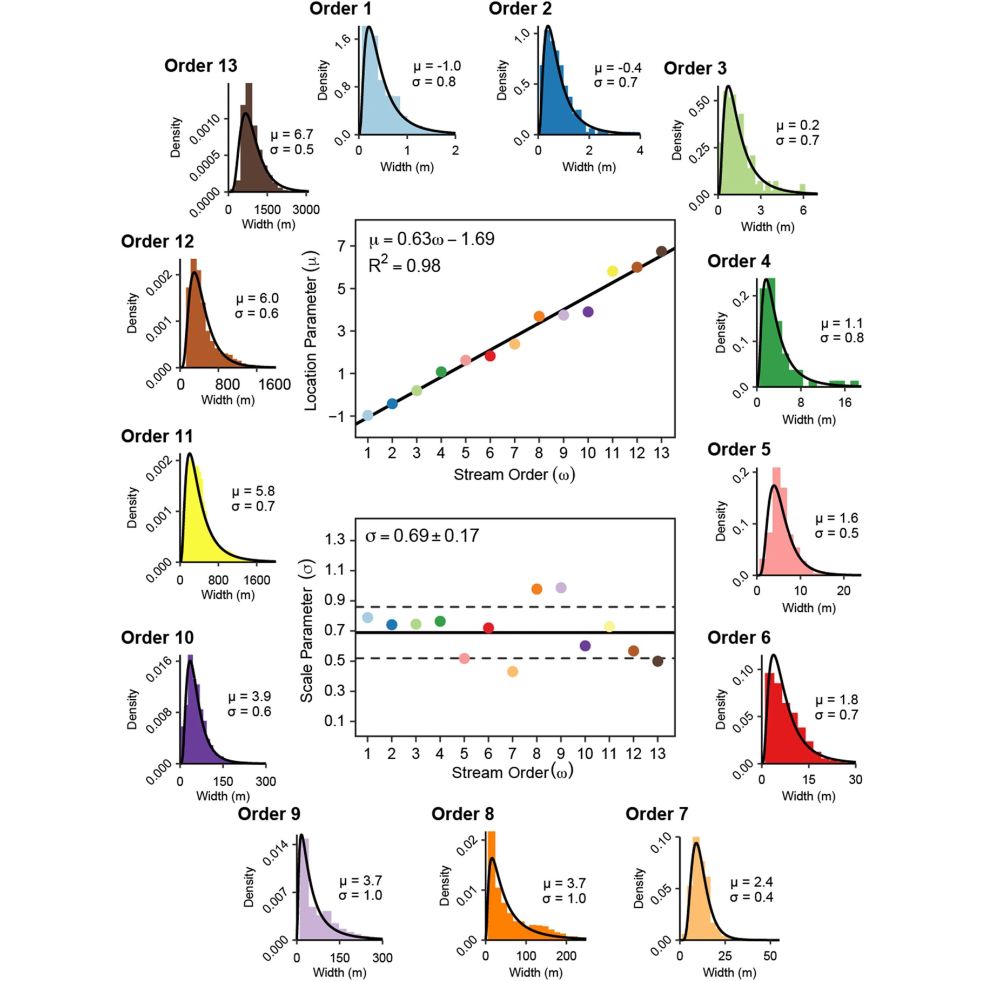

👉 doi.org/10.1016/j.ne...
👉 authors.elsevier.com/a/1knnz3BBjK...
#DeepLearning #MachineLearning #PredictiveUncertainty

Barfknecht, Heikens, & Gibson. 2024.
Temporal changes in spatial scale and autocorrelation structure of forest openings based on taxonomic, phylogenetic, and functional turnover
doi.org/10.1016/j.ac...
@ecoevo.bsky.social et al.
The role of dominant prairie species ecotypes on plant diversity patterns of restored grasslands across a rainfall gradient in the US Great Plains
doi.org/10.1111/avsc...

For more details see our recent article in @pnas.org
www.pnas.org/doi/abs/10.1...
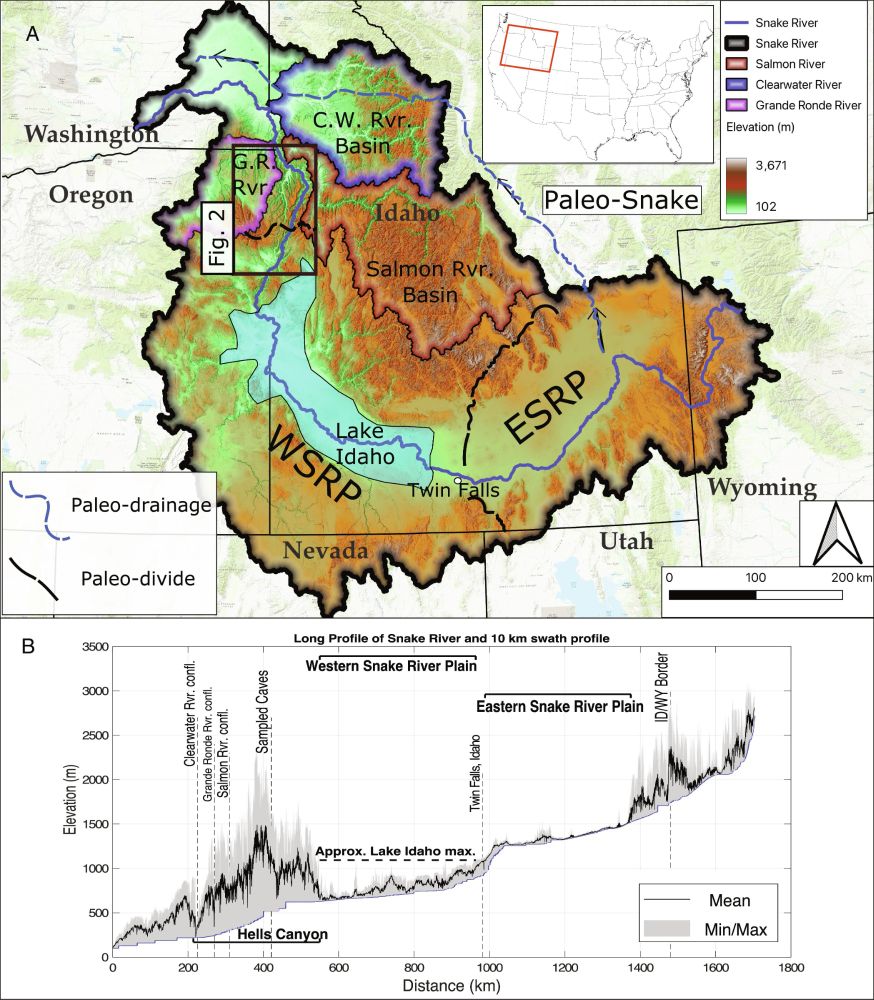
wires.onlinelibrary.wiley.com/doi/10.1002/...
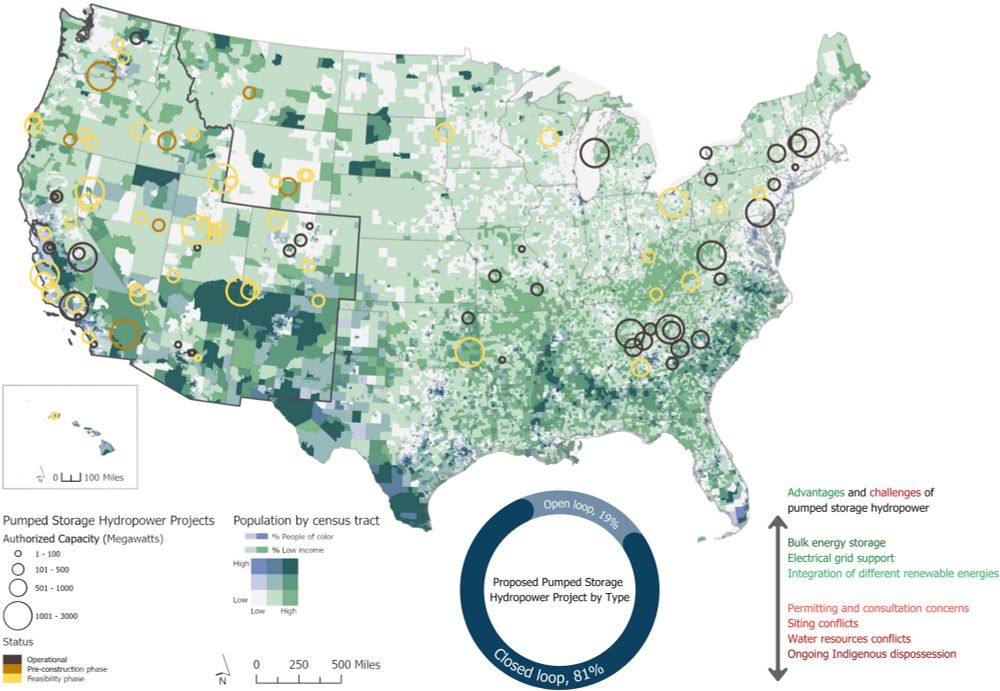
essd.copernicus.org/articles/17/...
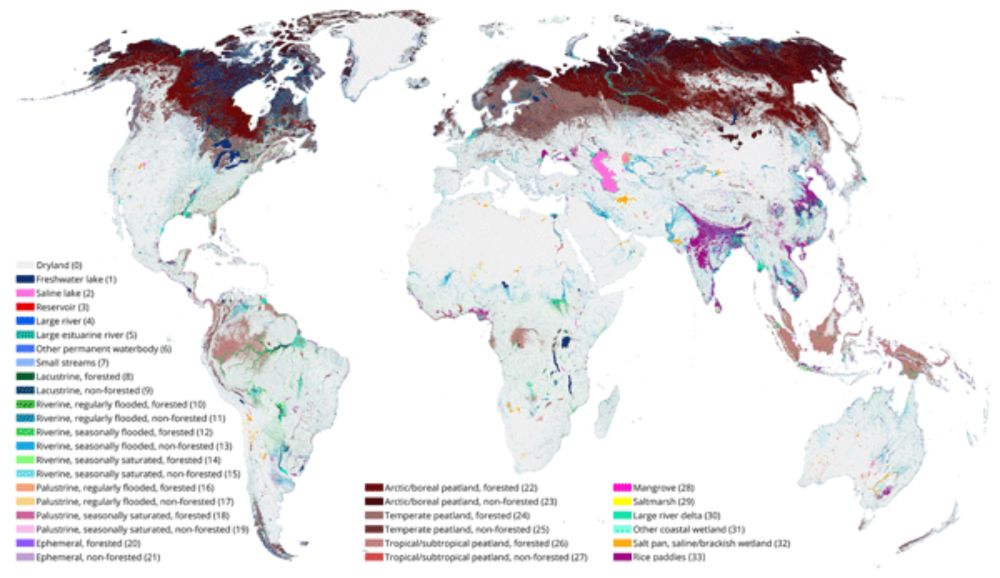
doi.org/10.1029/2024...

The really fun part is that it can enter your house. 🧪
#hydrology
#climate
essopenarchive.org/users/929678...

Check out a new paper published by one of our faculty members!
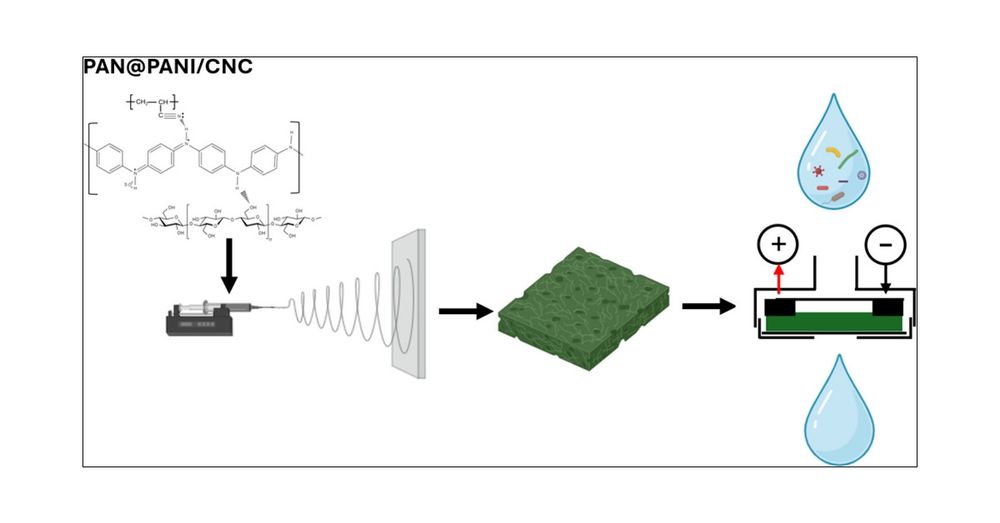
onlinelibrary.wiley.com/doi/10.1002/...

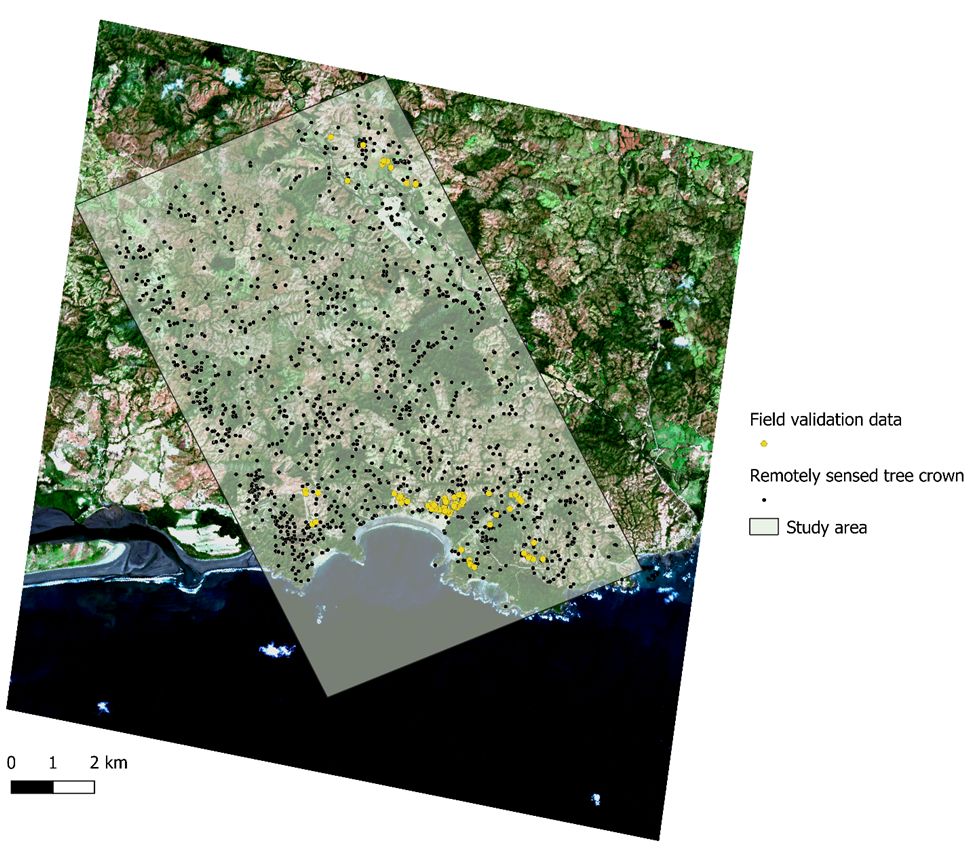
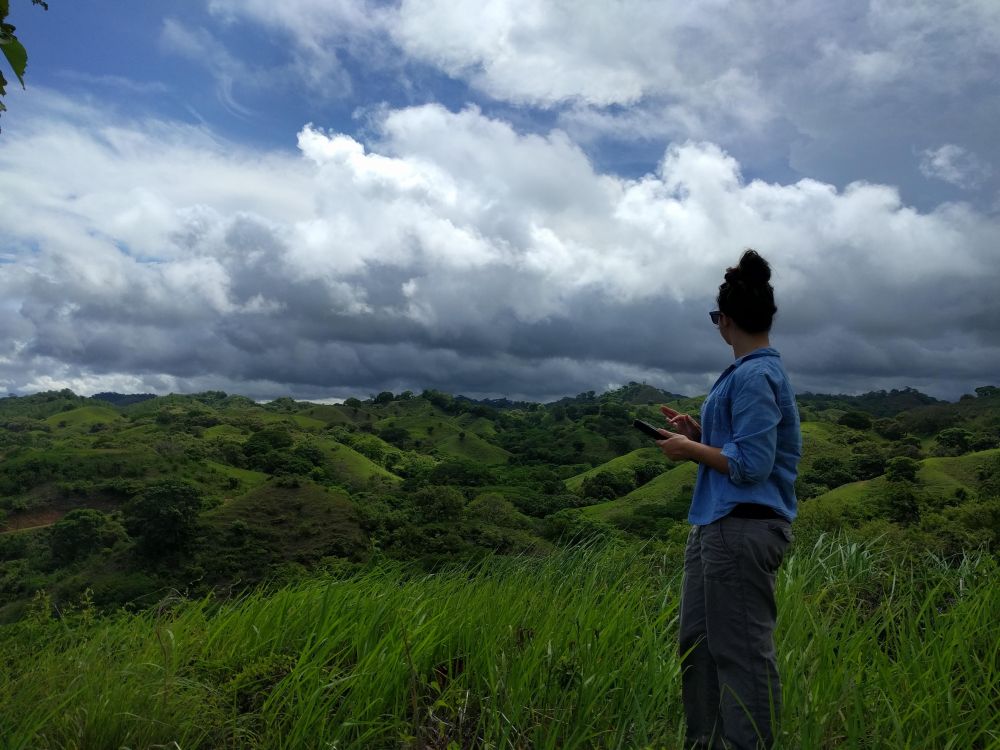
hess.copernicus.org/articles/29/...
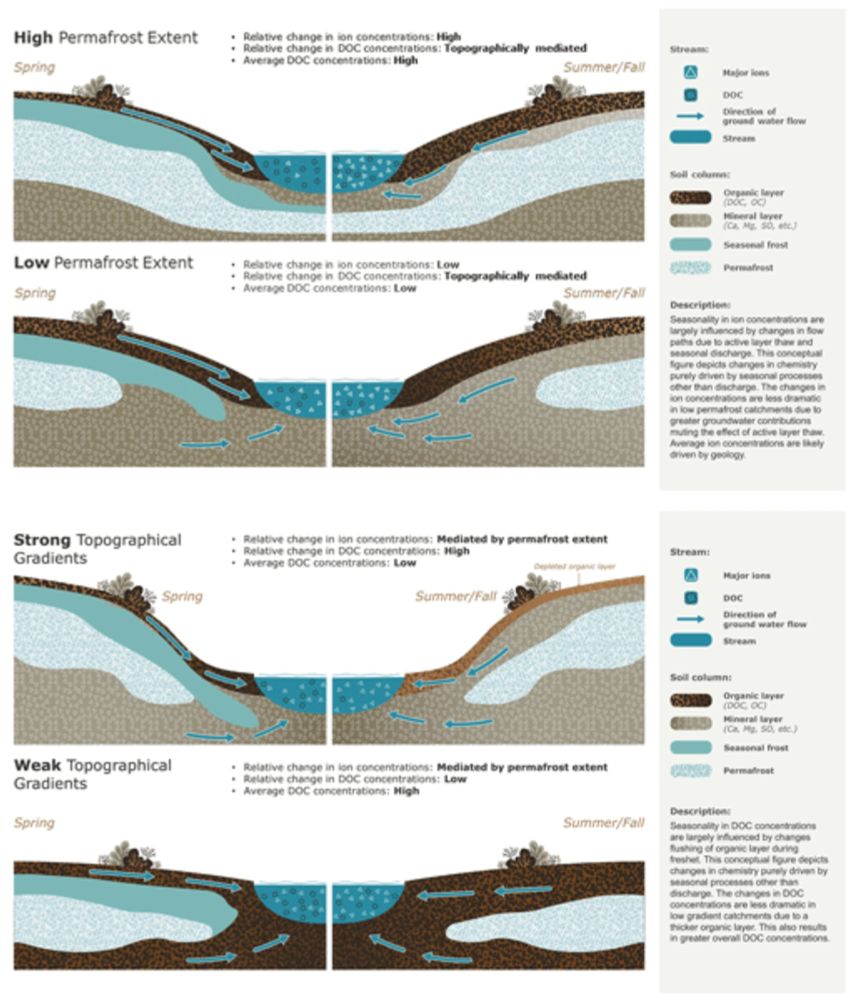

Read it here: doi.org/10.1016/j.wa... @hayleyjfowler.bsky.social
These smart local adaptations to water scarcity are so interesting
www.sciencedirect.com/science/arti...
Most trees depend on animals to disperse their seeds, but seed dispersers are dying out everywhere
www.nature.com/articles/s44...
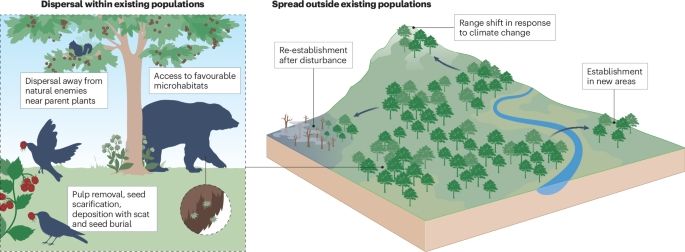
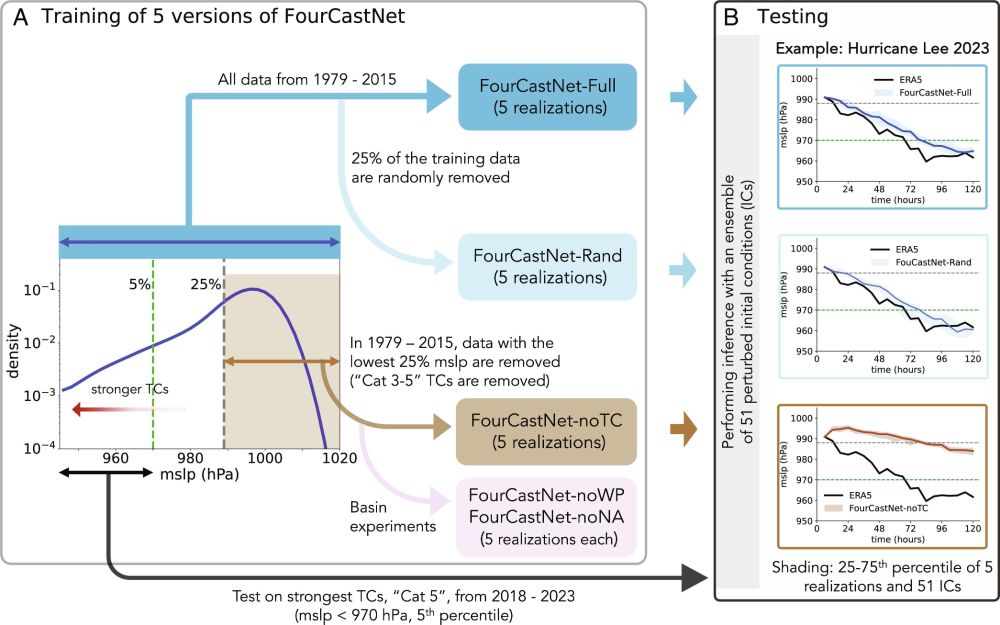
𝑇ℎ𝑒 𝑊𝑖𝑑𝑡ℎ𝑠 𝑜𝑓 𝑅𝑖𝑣𝑒𝑟𝑠 𝑎𝑛𝑑 𝑆𝑡𝑟𝑒𝑎𝑚𝑠 𝐴𝑐𝑟𝑜𝑠𝑠 𝑆𝑝𝑎𝑡𝑖𝑎𝑙 𝑆𝑐𝑎𝑙𝑒𝑠... 🔗 doi.org/10.1029/2025...
#hydrology #geomorphology #rivers #RemoteSensing
